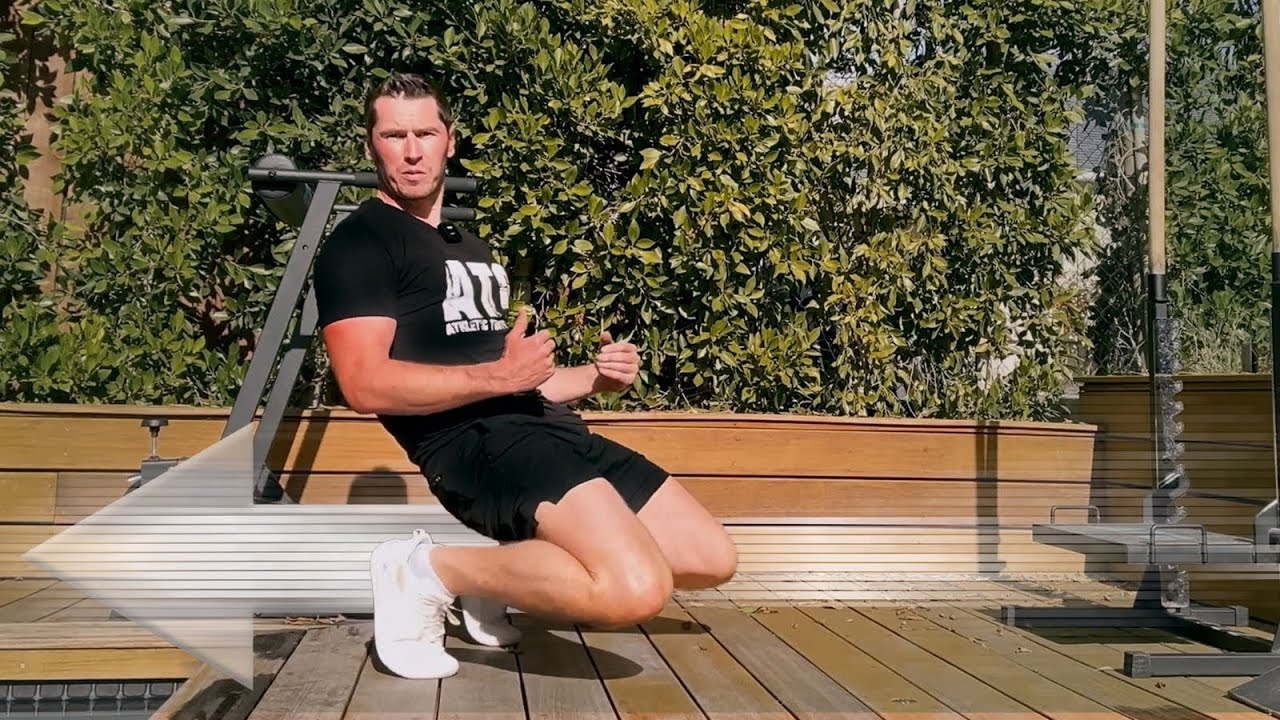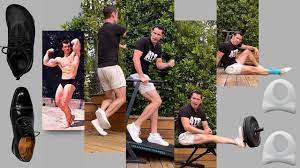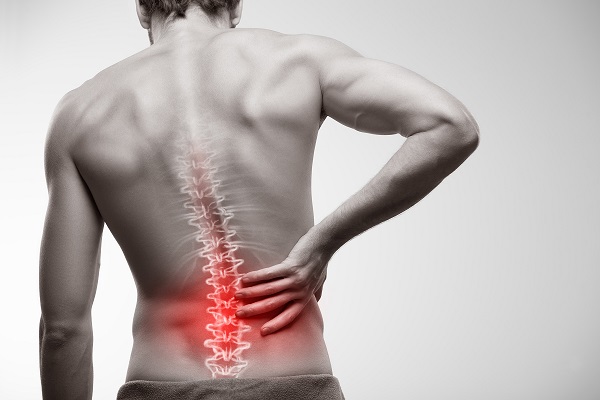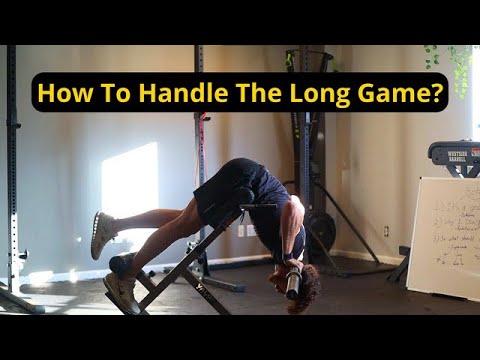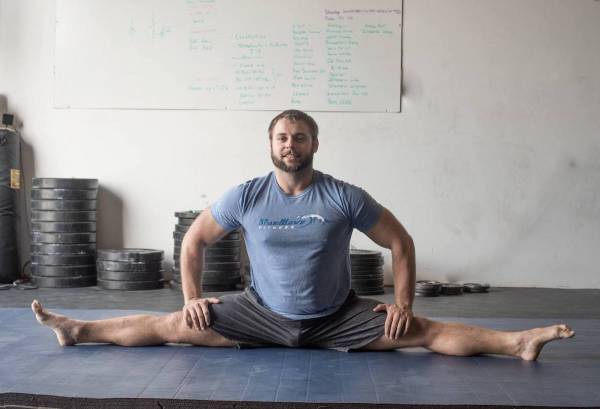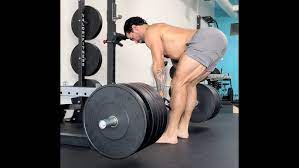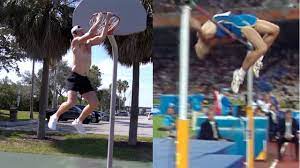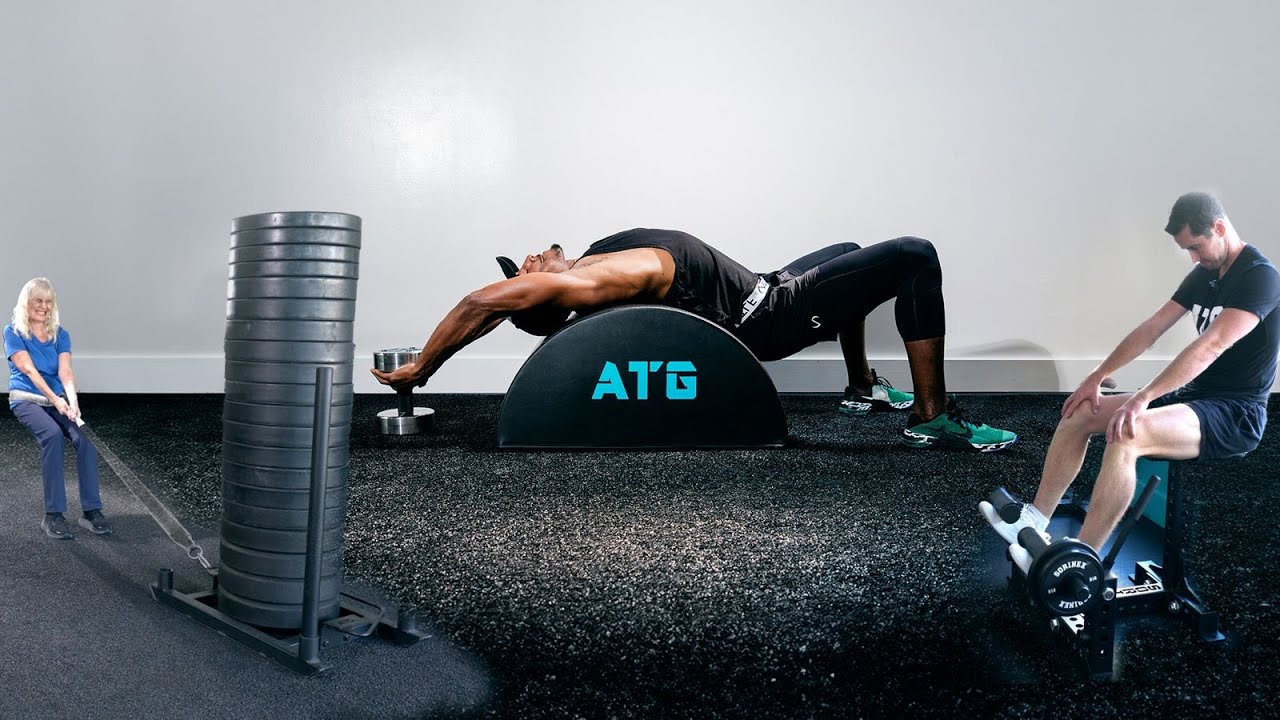
Unlocking Longevity: A Groundbreaking Approach to Fitness
In this article, I would like to share an incredible exercise from a YouTube video that has the potential to change the way we approach fitness, especially as we get older. The video depicts a mother attempting an unusual exercise with a 1000-pound sledge, emphasising safety and the unique benefits it provides. Join me as we investigate the three pillars of longevity revealed in this informative video.
Safety First: The Sled Workout
The video begins with the mother attempting to drag a 1000-pound sledge, demonstrating an unusual but remarkably safe exercise. Unlike traditional weightlifting, which has a high risk of injury, this sledge workout engages the entire body safely. The ground resistance not only makes it a safer exercise, but it also transforms it into a cardio workout with powerful knee-healing benefits. The video suggests that health care facilities incorporate sleds for a more modern and safe approach to combating the growing problem of overweight people.
Strength Through Length: A Dual Approach
The video’s second pillar is “Strength Through Length,” which combines stretching and strengthening. The narrator emphasises the importance of training both short-term strength from the ground up and long-term strength through length. A powerful knee exercise with a sledge is used as an example, highlighting the potential benefits of maintaining lower-body strength and flexibility.
Personal Testimonies and NFL Insights
The video includes personal testimonies and insights from people who have found these exercises to be transformative. The narrator mentions training NFL players, emphasising the importance of not ignoring lower leg strength to avoid injuries such as Achilles and ankle issues. The message is clear: incorporating these exercises into daily life can result in significant improvements in mobility and overall health.
Practical Tips and Exercise Demonstrations
The video goes beyond theory by demonstrating various exercises and offering practical tips. Viewers are encouraged to try simple yet effective exercises such as leaning against a wall and straightening their legs for 25 reps. The emphasis is on starting with manageable resistance and progressing gradually. The narrator and his colleague demonstrate their favourite exercises, demonstrating the routine’s adaptability to various preferences and fitness levels.
Unconventional Treadmill Comparison
A backward treadmill is different to traditional gym treadmill. The narrator explains how the backward treadmill, which is much less expensive than its gym counterpart, provides more benefits by requiring constant effort to overcome momentum. This section emphasises the narrator’s dedication to simple and effective training methods.
Building Strength and Overcoming Injuries
The video delves into personal experiences, with the narrator describing how sledge workouts reduced knee pain and improved overall body function. The exercises, which include backward treadmill sessions, are game changers for healing injuries and boosting growth hormone, testosterone, and bone density. The message is clear: these exercises offer a comprehensive approach to fitness that goes beyond traditional workouts.
Round of Exercises and Personal Preferences
A series of exercises is shown, highlighting the narrator’s and his colleague’s preferred routines. They emphasise personal preferences, such as using a low bar to increase challenge and the importance of enjoying the exercises to maintain consistency. The narrator emphasises the importance of incorporating these exercises into daily life, whether while watching TV or reading a book.
Underrated Benefits for the Foot and Lower Leg
The video focuses on exercises to strengthen foot structures, such as seated calf and seated tib. The narrator emphasises the importance of loading through the foot for every step, addressing common issues such as plantar fasciitis. This section emphasises how these exercises improve overall foot health and address weaknesses.
Flexibility and Strength Through Length
The topic shifts to flexibility and the concept of strength-through-length. The narrator emphasises the importance of balancing strength and flexibility, demonstrating exercises such as the desk pullover. The value of daily practice is paramount, with the narrator’s mother serving as an example of gradual improvement through consistent effort.
Personal Stories and Encouragement
Throughout this video we share personal stories. Ben shares his mother’s journey. Gentle exercises that prioritise comfort and well-being are the focus. The narrator encourages people to trust their bodies while highlighting the human machine’s adaptability to various stimuli.
Tibialis Strength and Closing Thoughts
The video concludes with a focus on tibialis strength, demonstrating exercises to strengthen ankles and lower legs. Ben compares his lower body strength to that of a tree trunk with firmly planted roots. strength-building for longevity is of paramount importance. Ben expresses his desire to maintain great strength well into his later years.
Longevity Unlocked
Finally, the video provides a novel perspective on fitness, presenting a three-pillar approach to longevity. The emphasis is on safety, strength through length, and addressing overlooked areas. such as the lower legs, provides a comprehensive framework for individuals looking for a long-term and effective fitness routine. We can unlock the potential for a healthier, stronger, and more mobile future. indded, while incorporating these principles into our daily lives. It is time to embrace these transformative ideas and pave the way for a fitness journey focused on longevity.
https://mobilityabilityagility.com/
https://mobilityabilityagility.com/
🚀 Be the first to know! Join Our Inner Circle for Exclusive Updates 🚀
Welcome to our inner Inner Circle! Get ready to dive into a world of blog updates and exciting product launches, delivered straight to your inbox.
🔥 What’s in it for you?
- Stay ahead of the curve with up-to-the-minute blog post releases.
- Be the first to discover our latest products and offerings before anyone else.
- Access free updates on our newest blog posts, packed with valuable insights.
Join our tribe of forward-thinkers, early adopters, and knowledge seekers. By subscribing, you’ll be part of a like-minded community committed to growth, learning, and staying in the know.
Expect engaging content, actionable tips, and a touch of inspiration. We’re excited to embark on this journey with you. Welcome aboard!

